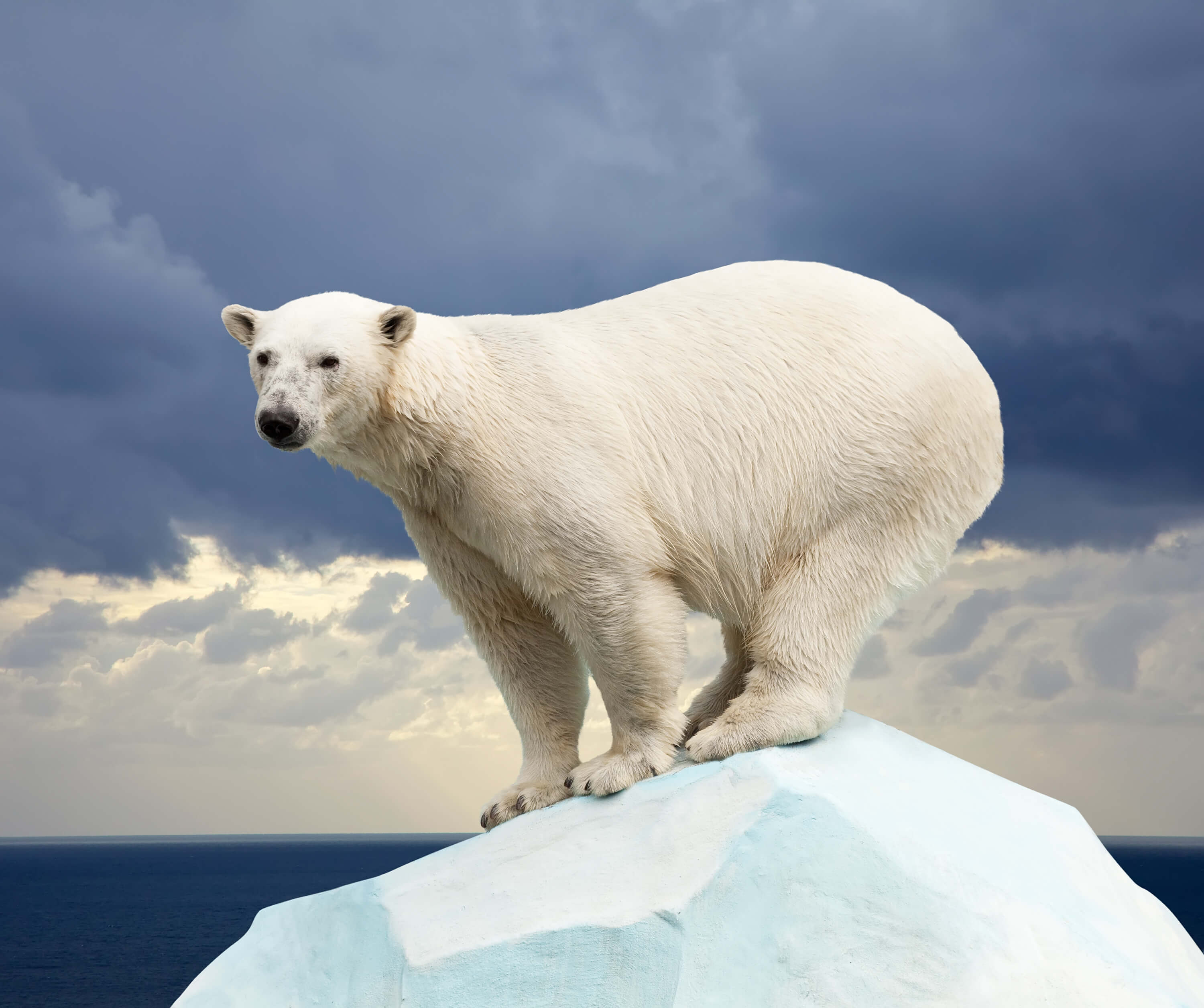How Widespread Are These Toxic Chemicals? They’re Everywhere.
By Catrin Einhorn | The New York Times | February 23, 2023

Read the full article by Rachel Salvidge and Catrin Einhorn (The New York Times)
"Polar bears in the Arctic and plankton in the Pacific. Cardinals in Atlanta and crocodiles in South Africa.
While concern about PFAS compounds, also known as “forever chemicals” because they break down very slowly, has largely focused on people, the pollutants have also been detected in wildlife. Now, a review of research made public on Wednesday by the Environmental Working Group, a nonprofit advocacy organization that focuses on environmental safety, shows PFAS turning up in hundreds of wild animal species around the world.
In people, some of these chemicals are linked to cancers, developmental issues, reduced immune function, hormonal interference and heightened cholesterol. Last year, the Environmental Protection Agency found there was virtually no safe level in humans for two of the most widely used PFAS chemicals and proposed designating them as hazardous.
To get a sense of contamination in wildlife, researchers at the Environmental Working Group reviewed more than a hundred studies and created a map from their survey."
This content provided by the PFAS Project.
Location:
- Africa
- Asia
- Central and South America
- Europe
- North America
- North AmericaCanada
- North AmericaUS
- Oceania
- Arctic
- Middle East
Topics: